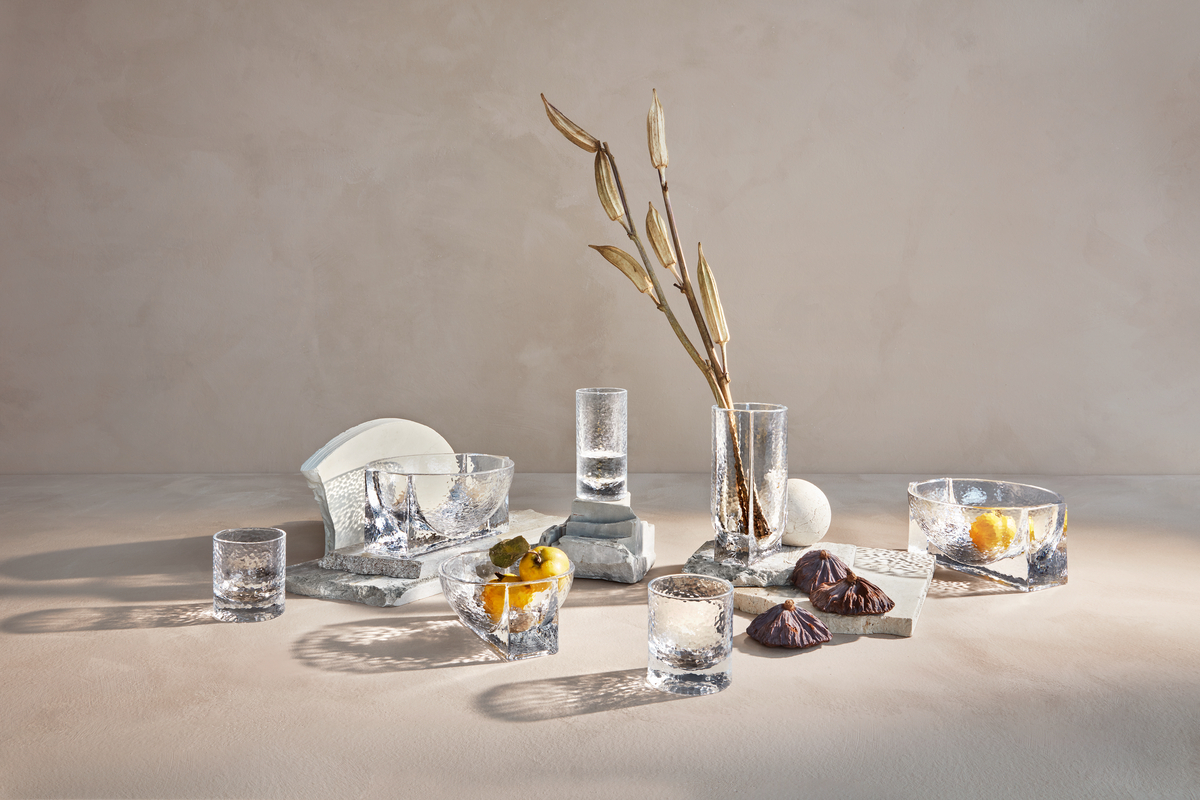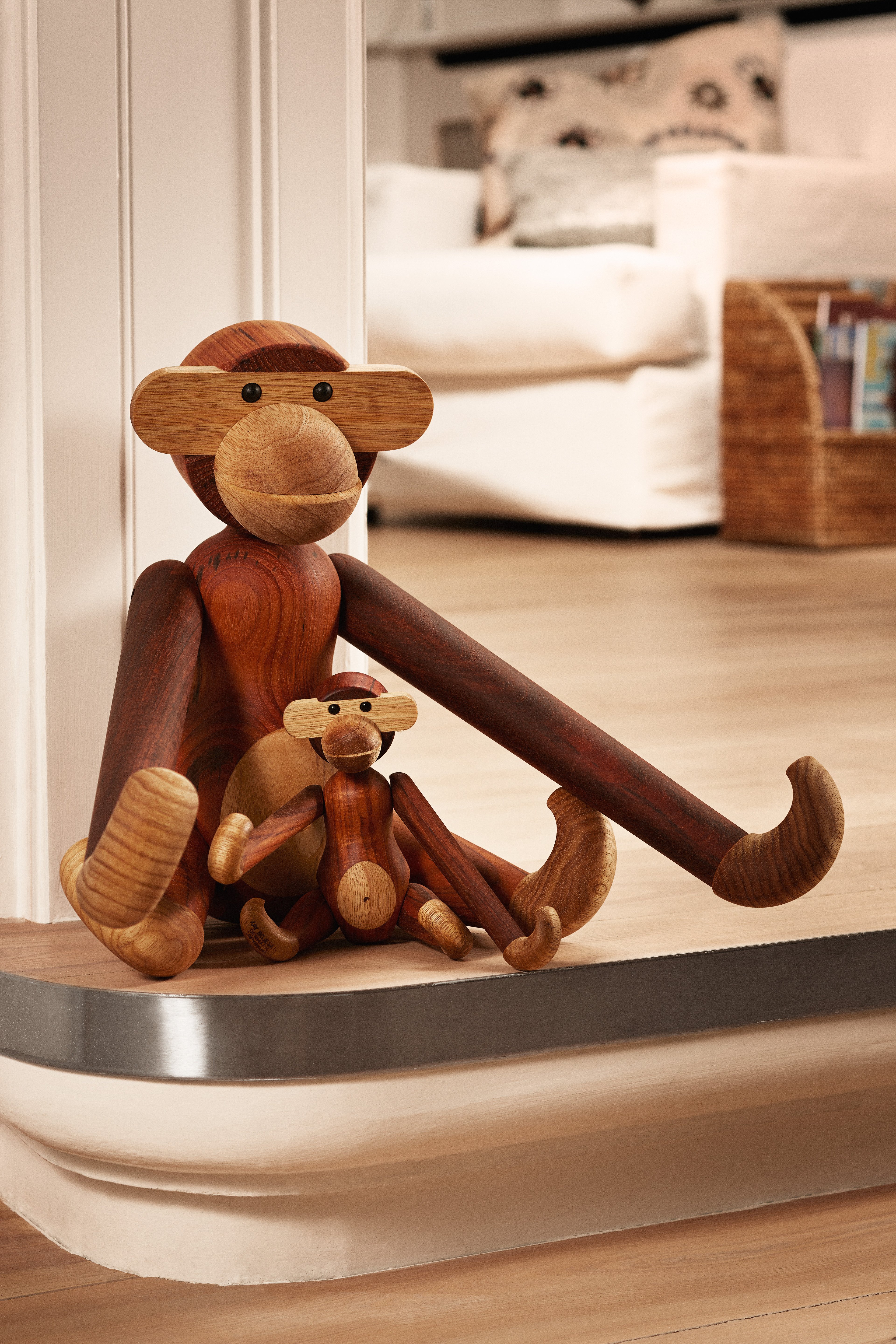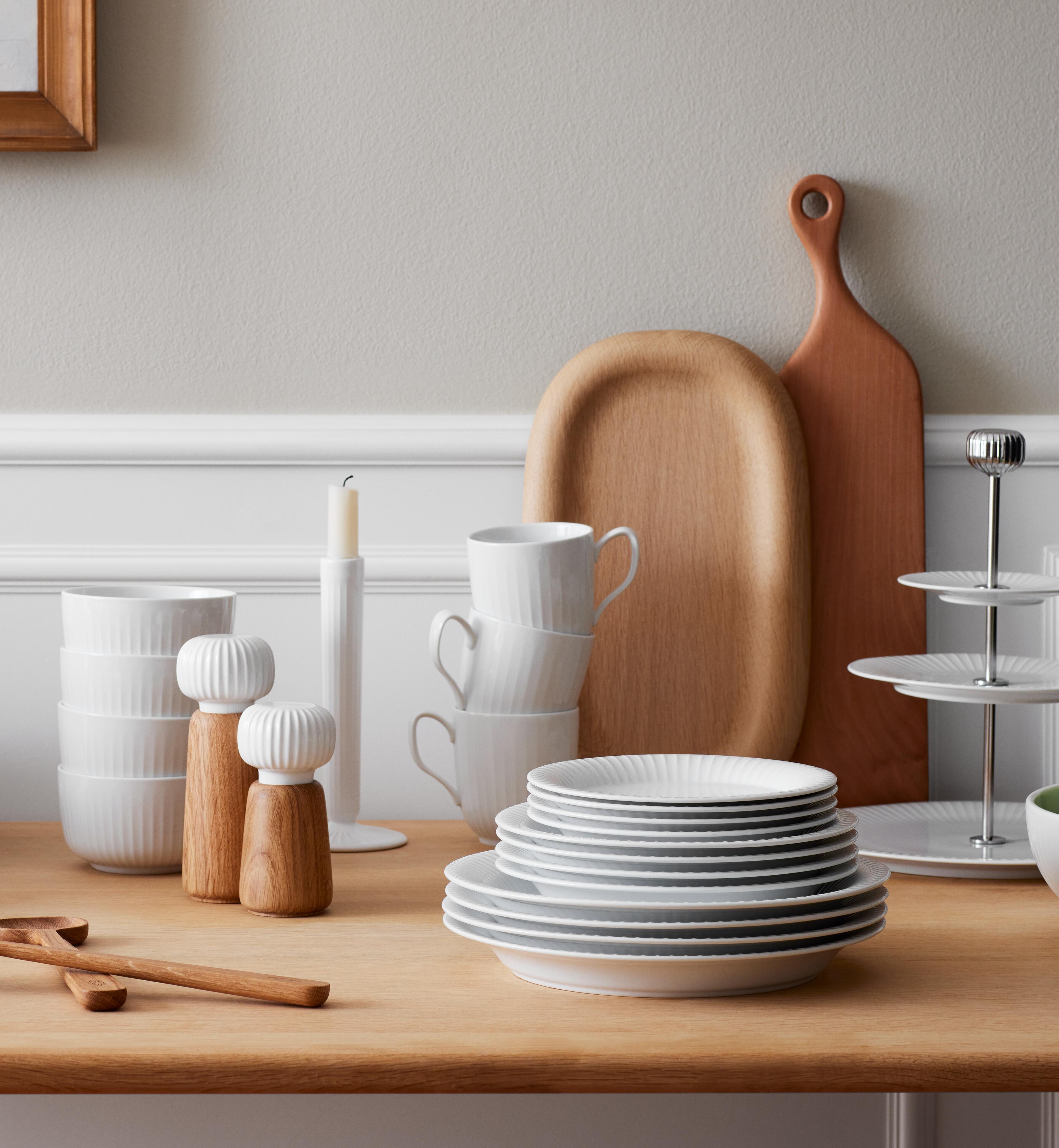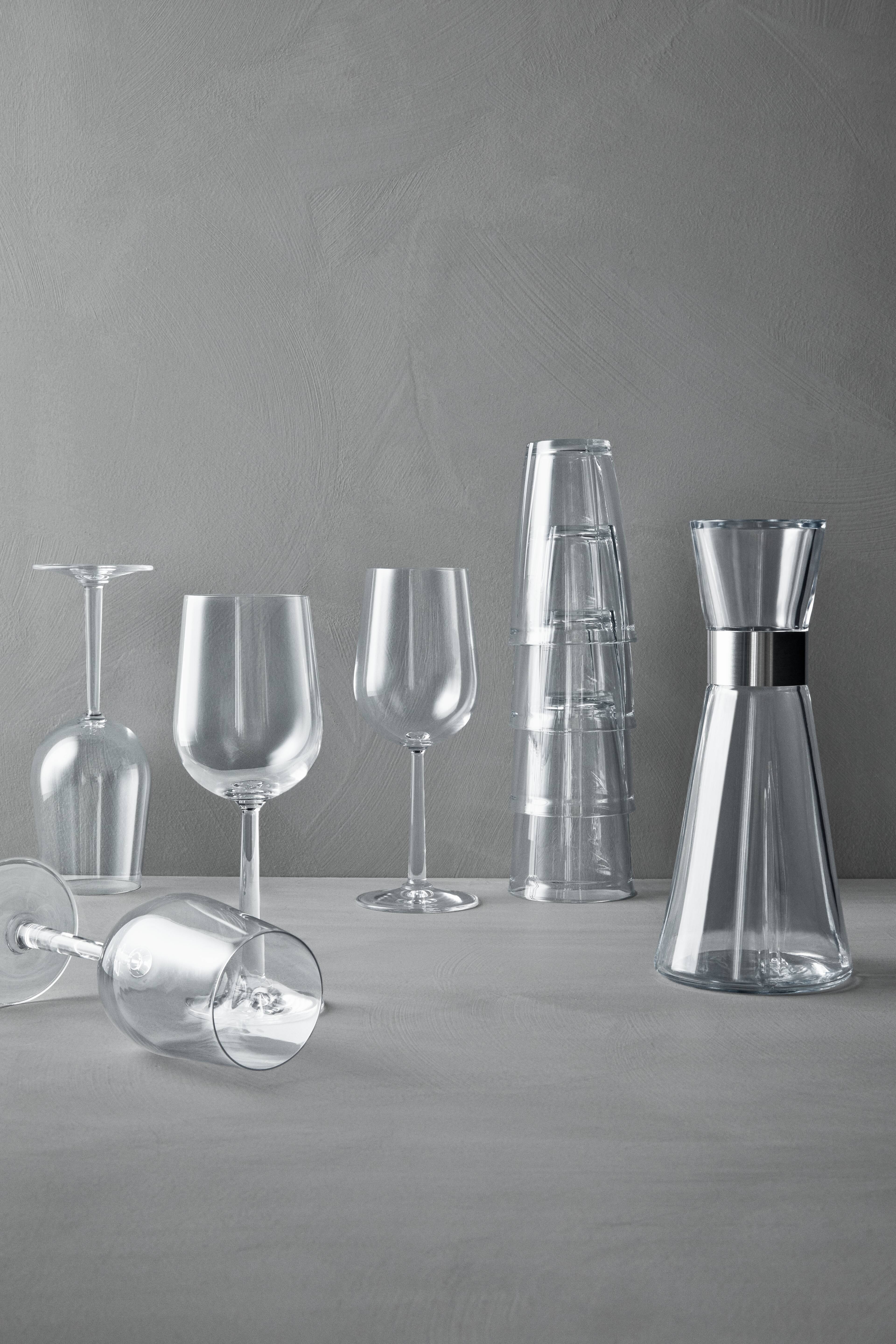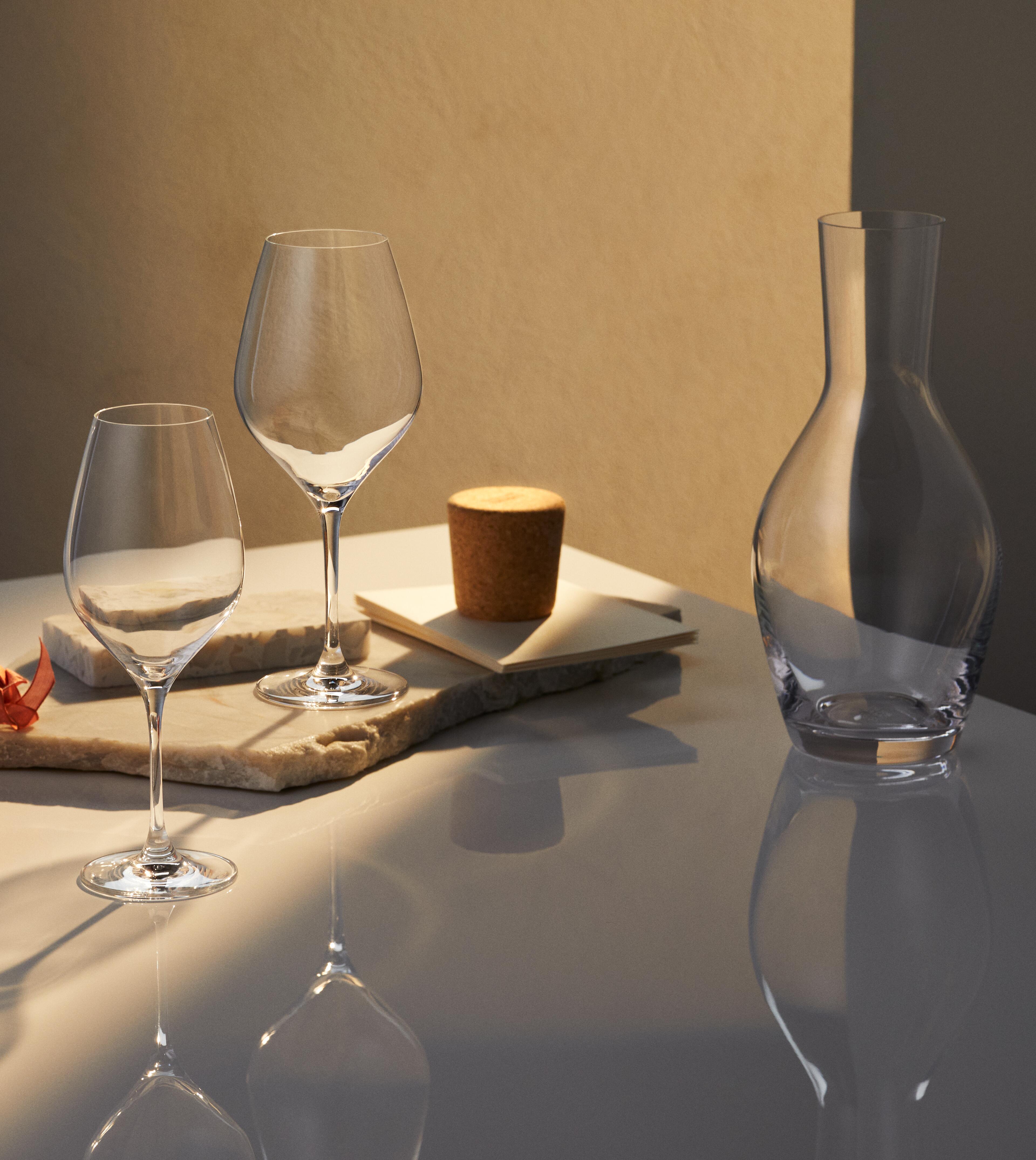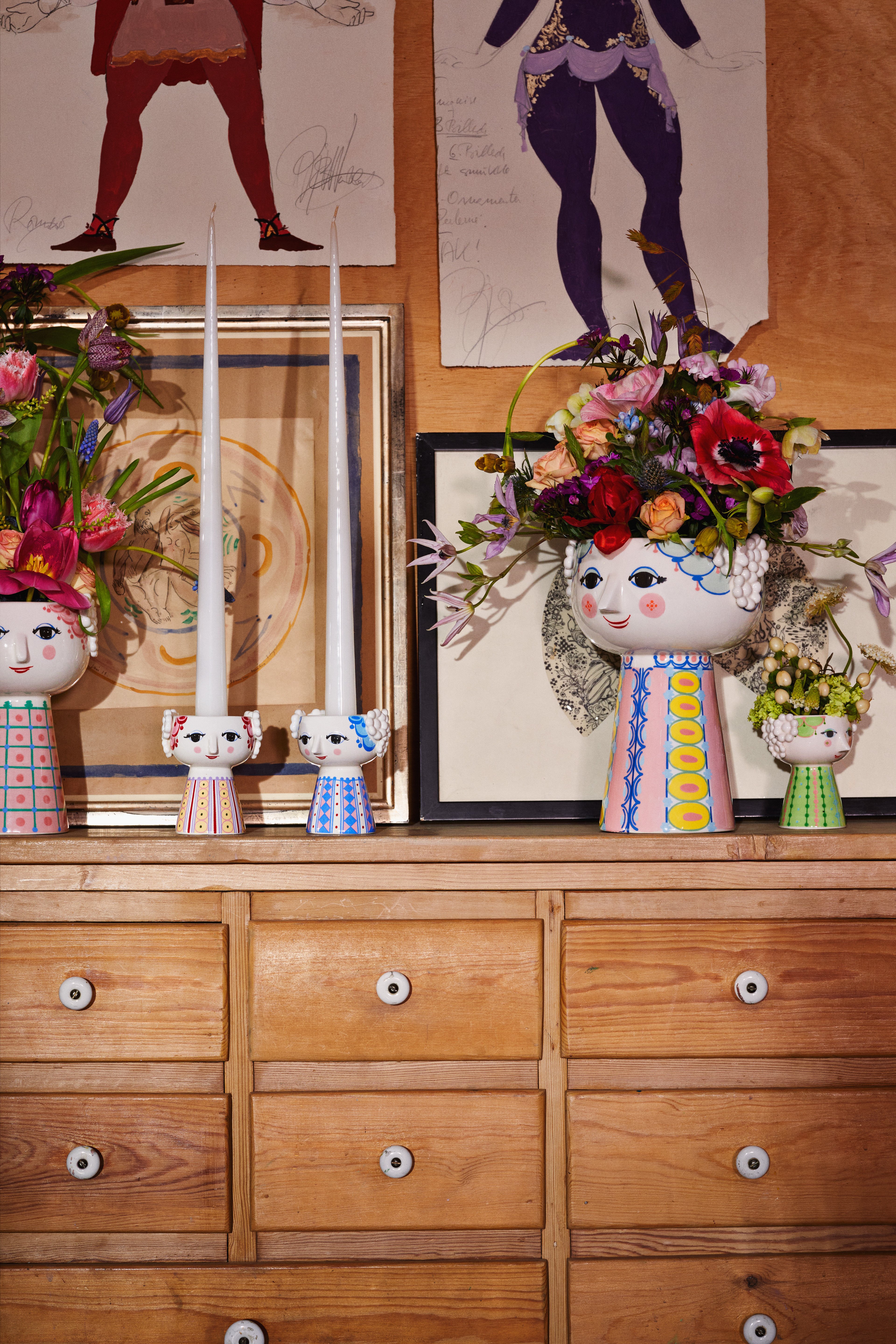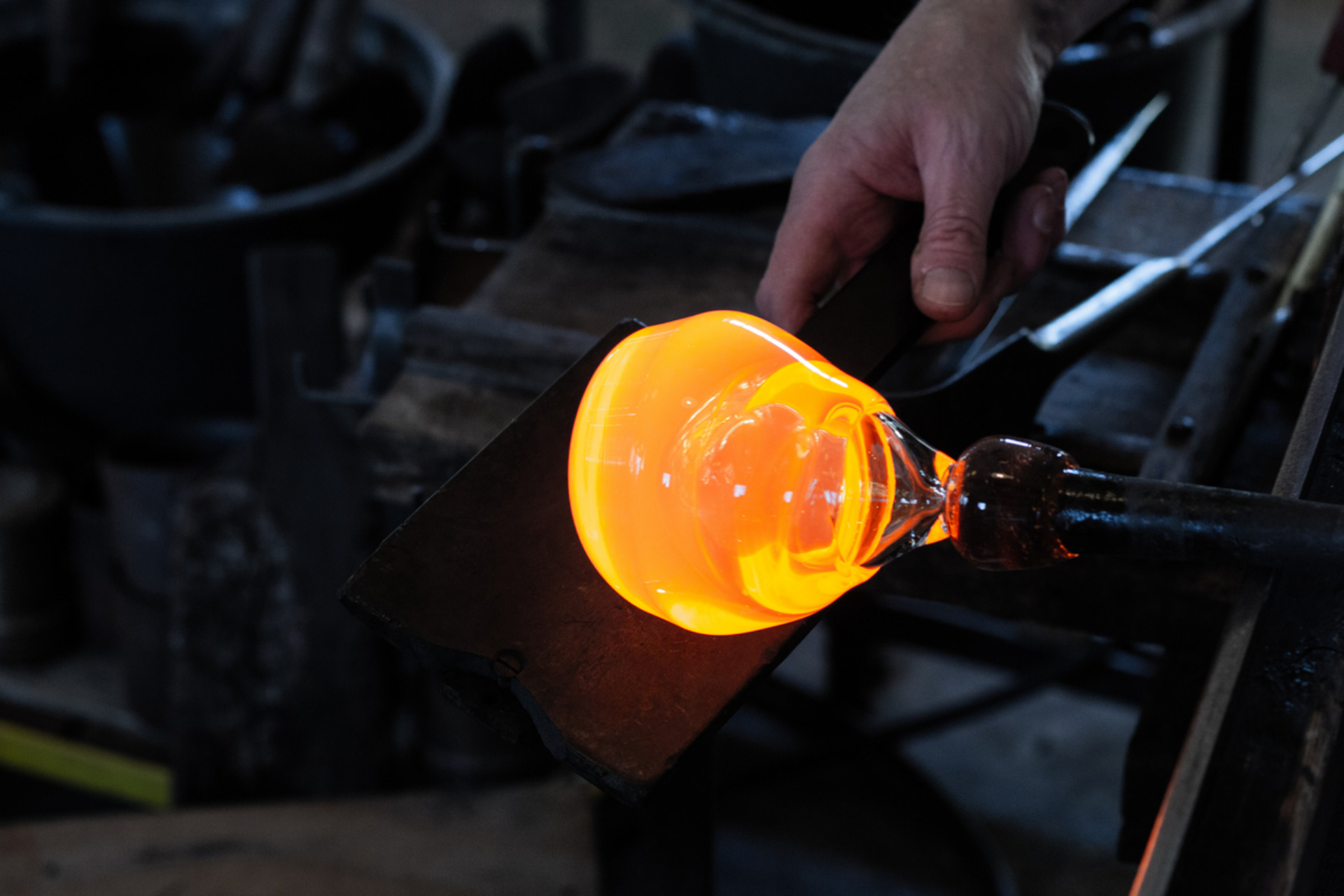
1825
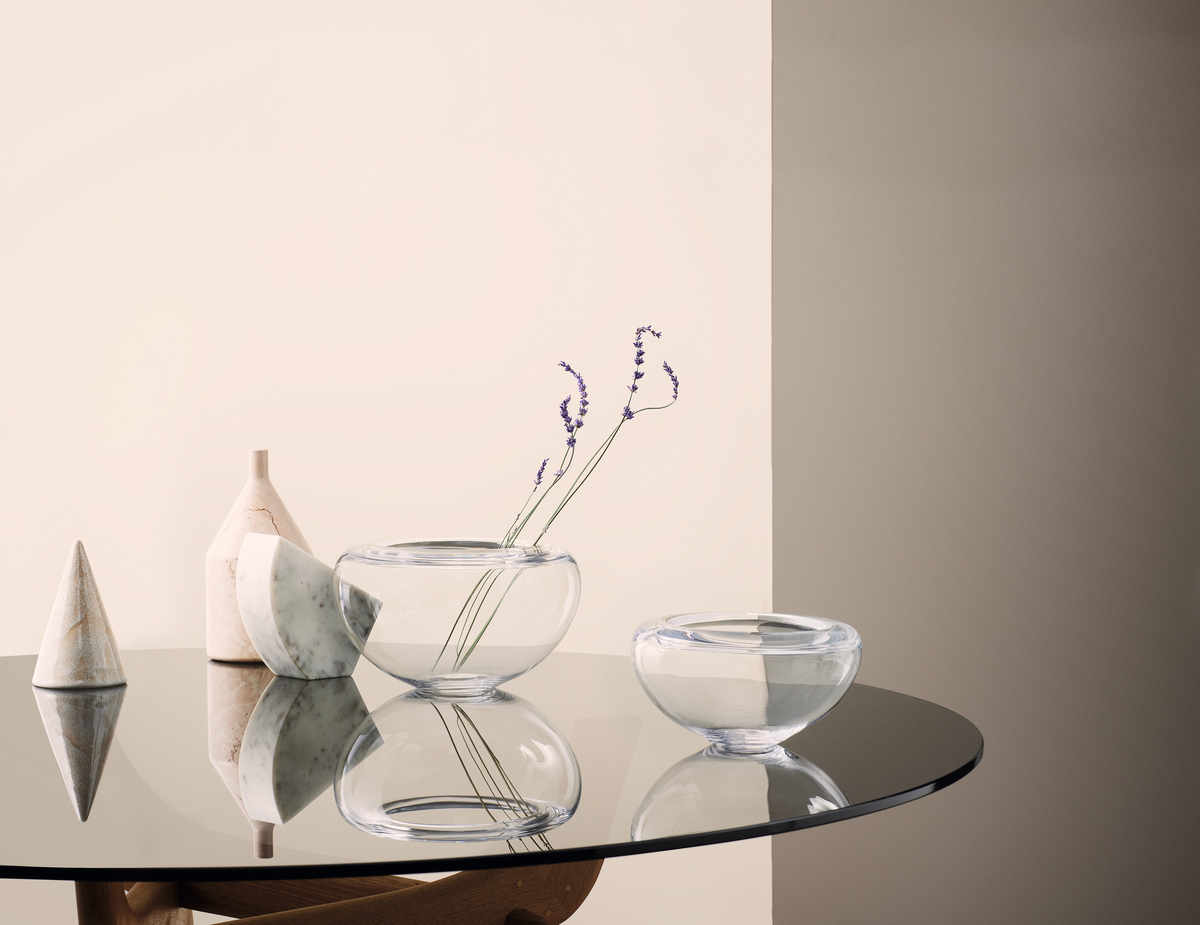
With a long and proud tradition of glass production since 1825, Holmegaard is a Danish design icon and one of the most recognised names in Scandinavian craftsmanship traditions. Holmegaard’s cultural heritage is more than just a tale of quality craftsmanship over time. Holmegaard builds on the heritage of a remarkable woman who was ahead of her time – Countess Henriette Danneskiold-Samsøe – who not only pursued her late husband’s dream of creating a glasswork by Holmegaard marsh, but who also managed to transform it into an artistic and aesthetic house that is still relevant today.
Holmegaard produces both mouth-blown and machine-blown glass using the latest and most advanced production methods. Whether it’s mouth-blown or machine-made glass, Holmegaard always represents high quality and elegant design. Each piece of mouth-blown glass is unique and handmade by the glassblower, who carefully blows the right amount of air through the narrow pipe. Mouth blown glass from Holmegaard is known on the swan logo.
However, machine-blown glass does not mean glass produced without hard work. To ensure glass of the same high quality and elegance as mouth-blown glass, the machine-blown glass must go through an advanced production method that requires specially manufactured tools and high precision. Machine production is not just an automatic process that runs on rails. Machine workers work between glass spraying and noisy machines to ensure everything rotates, opens, closes, heats up, cools down, cuts and grinds at just the right time.

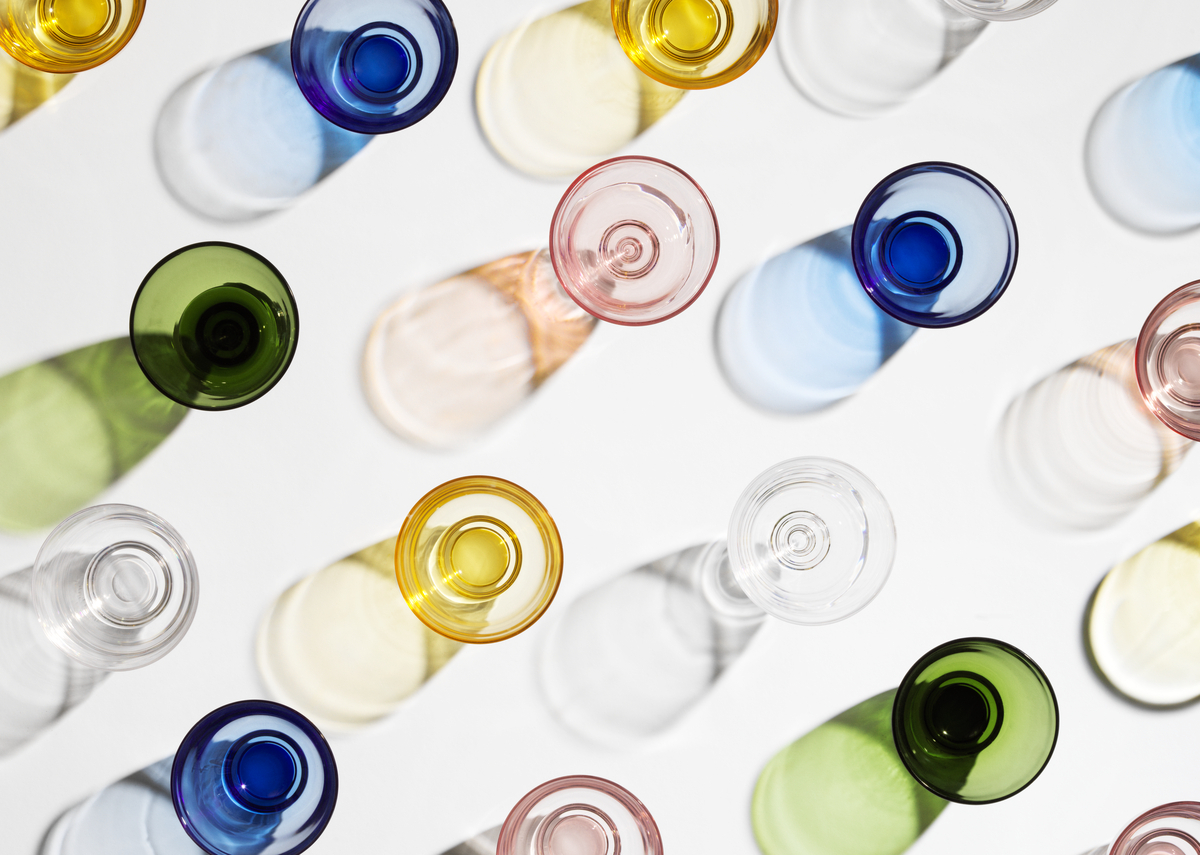
Holmegaard joined Royal Copenhagen in 1985 (since Royal Scandinavia), but in 2008 Holmegaard was taken over by Rosendahl Design Group. The old glassworks building in Holmegaard came under compulsory auction in March 2010 and was taken over by Sparekassen Faaborg.
Holmegaard Glasværk’s history is a story about a couple of small glass workshops in a peat marsh, which over the course of 190 years would become a large, modern group. In 1906, Svend Hammershøi designed the wine glass series that became the first design from Holmegaard Glasværk. This marked the start of bringing other artists in to design and shape Holmegaard’s glassware. In 1928, Jacob E. Bang was employed as Holmegaard’s first designer and he created the JEB 65 vase. And from the 1940s, Per Lütken breathed life into more than 3,000 glass designs.
Today, we can look back at the many different designers and artists who have helped ensure Holmegaard’s development. And we are continuing the long and proud tradition, which means that to this day some of Denmark’s best artists are associated with Holmegaard’s glass production.
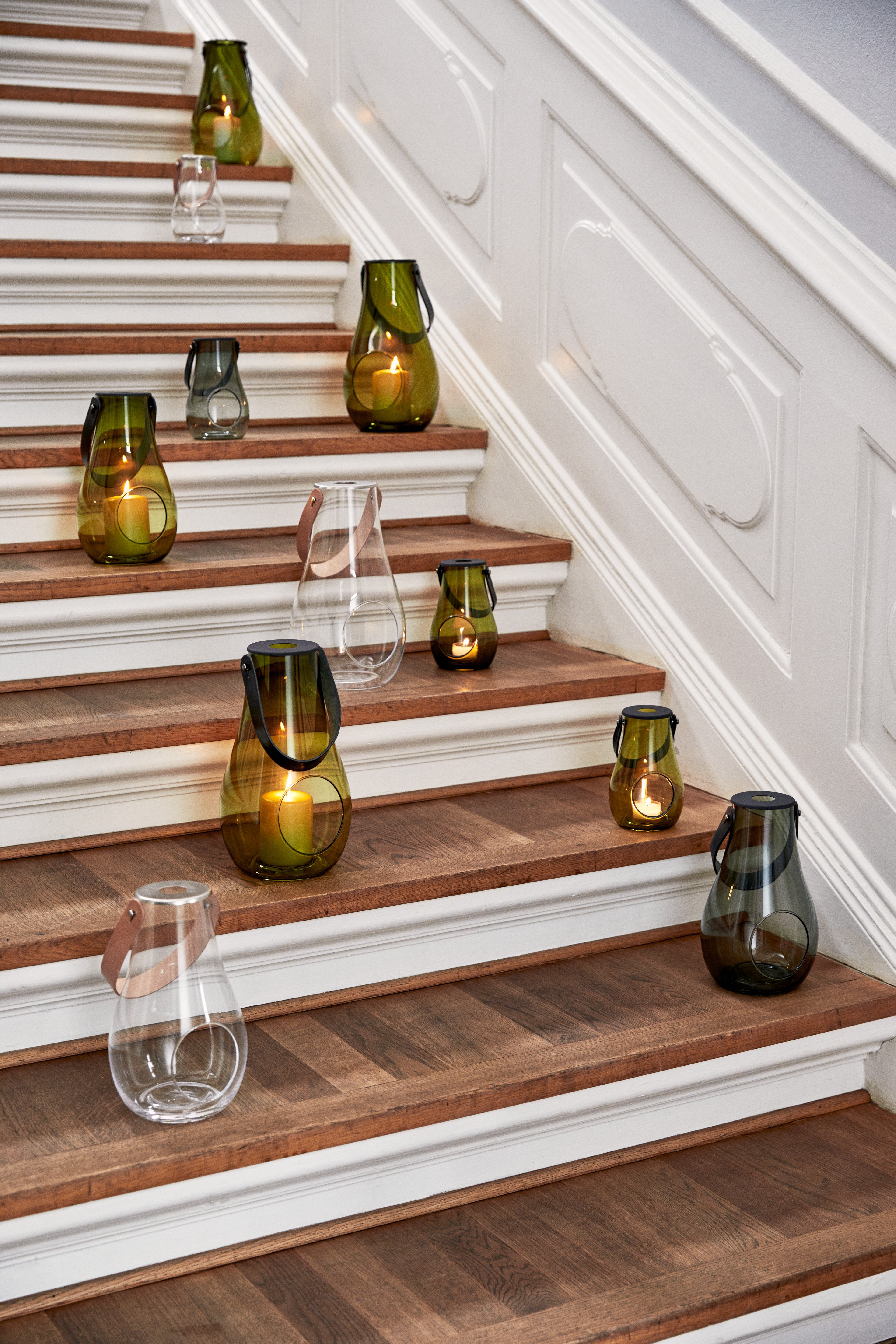
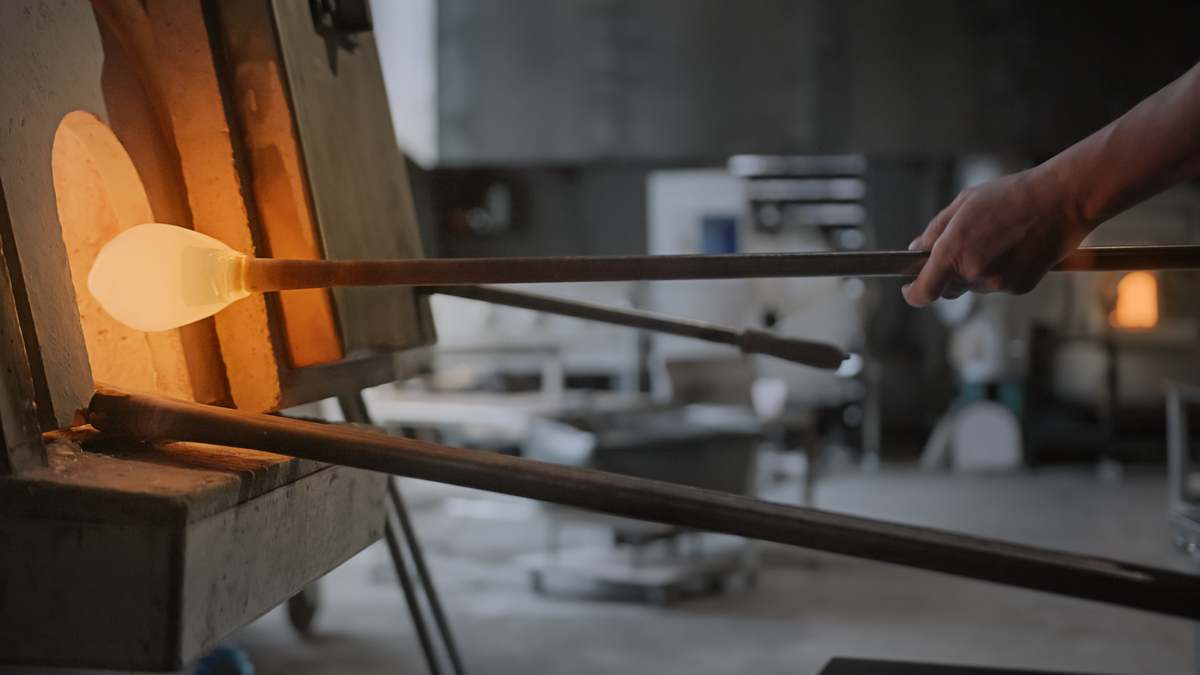
Holmegaard stands for modern glass designs made to be used and enjoyed every day. To achieve this goal, we work with some of the best glass designers who experiment with technology, shape and materials. The result is unique designs that will last far into the future. Designs that are not only beautiful to look at, but which are also made for everyday use.
Here you can read about some of the most important designers in Holmegaard’s history.
